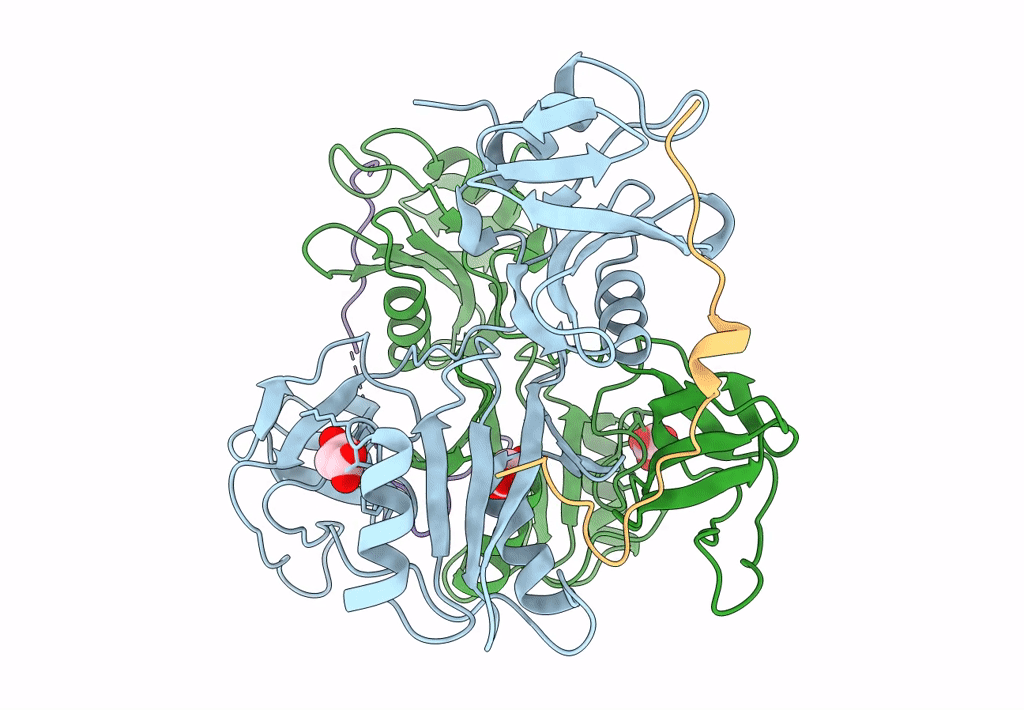
Deposition Date
2022-06-24
Release Date
2022-11-02
Last Version Date
2024-11-20
Entry Detail
PDB ID:
8DGQ
Keywords:
Title:
Crystal structure of p120RasGAP SH2-SH3-SH2 in complex with p190RhoGAP doubly phosphorylated peptide
Biological Source:
Source Organism:
Homo sapiens (Taxon ID: 9606)
Host Organism:
Method Details:
Experimental Method:
Resolution:
1.95 Å
R-Value Free:
0.25
R-Value Work:
0.21
R-Value Observed:
0.21
Space Group:
P 21 21 21


